




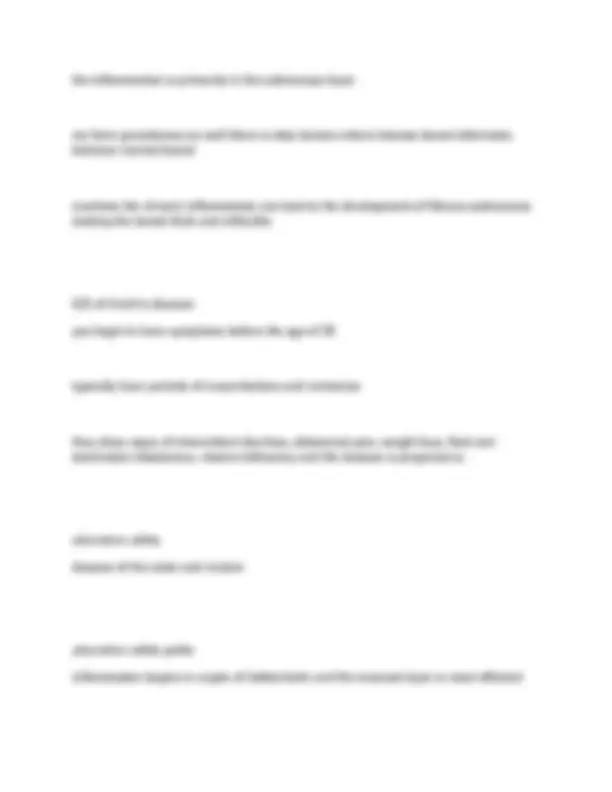
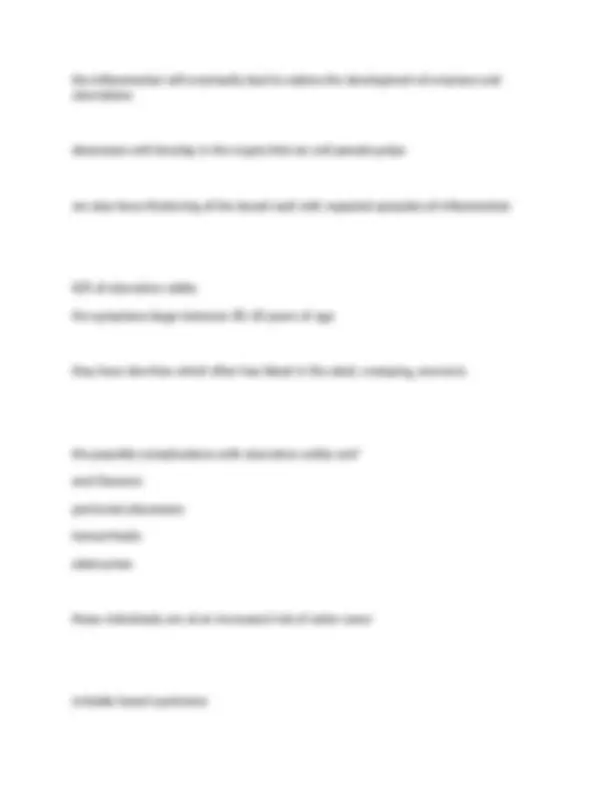


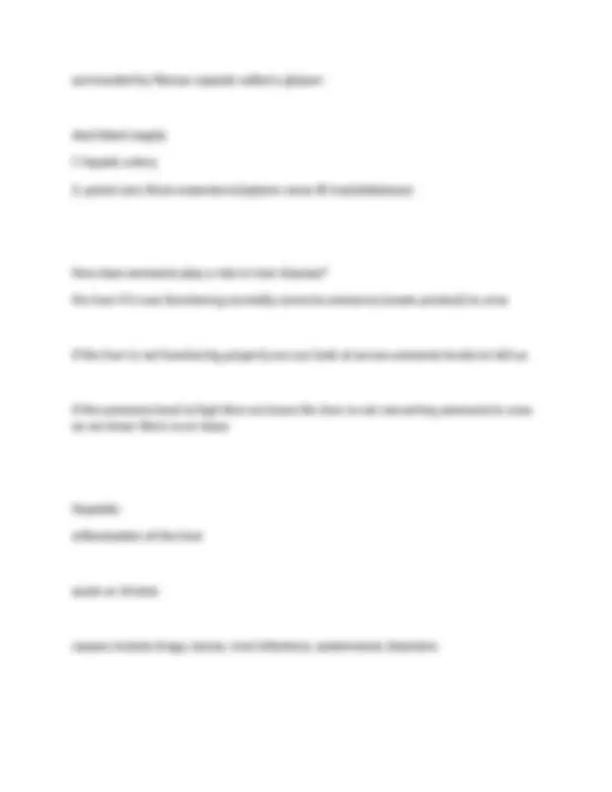
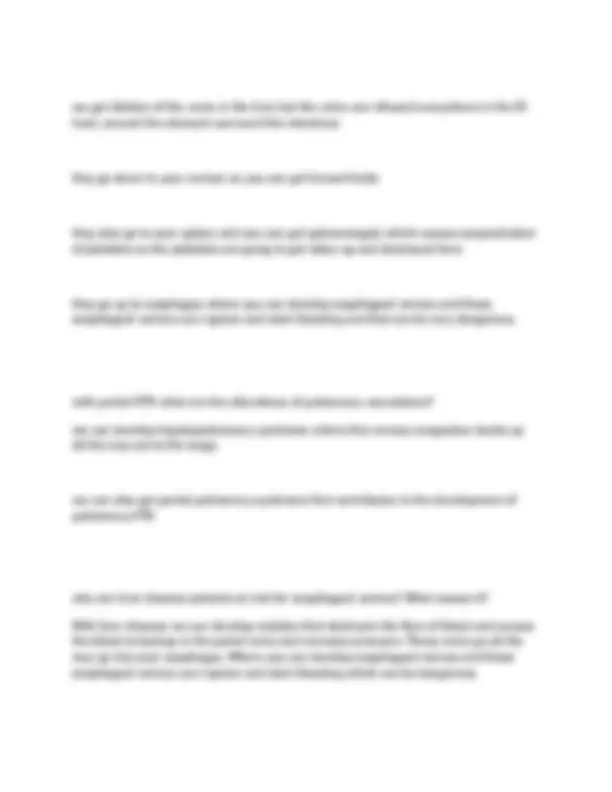
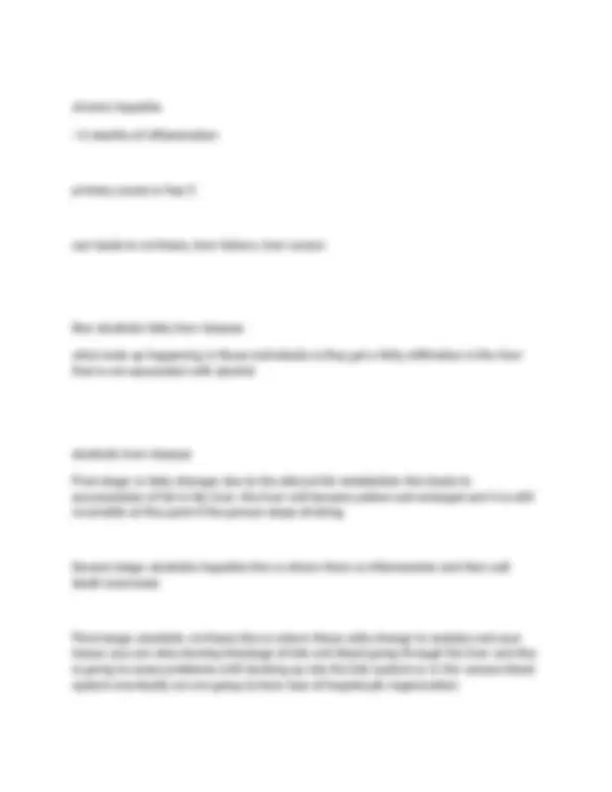
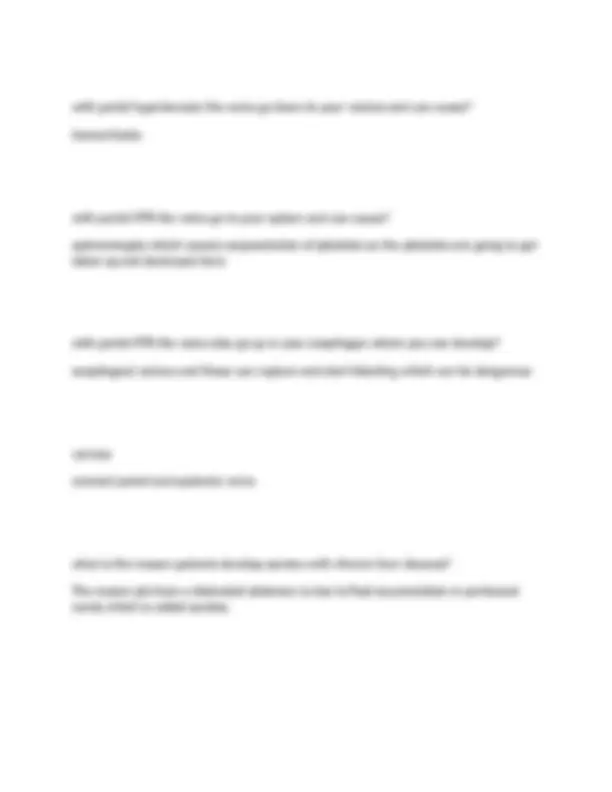
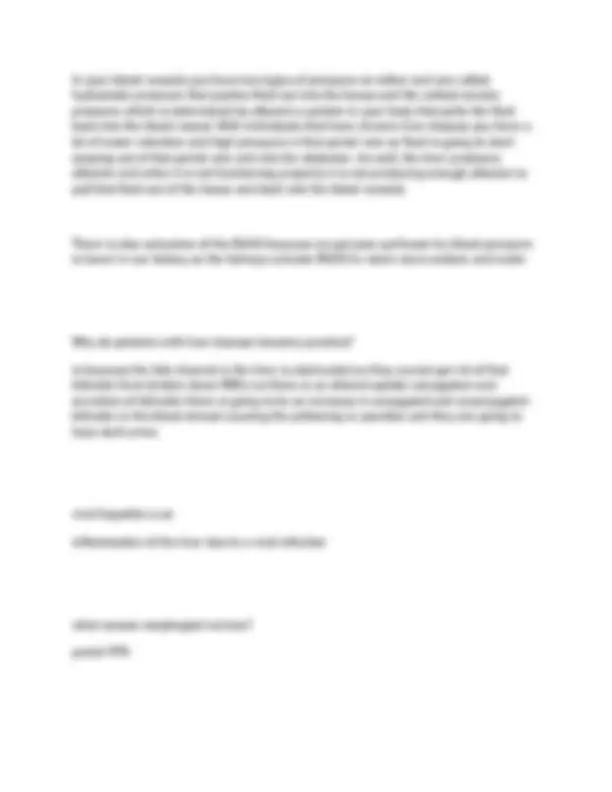




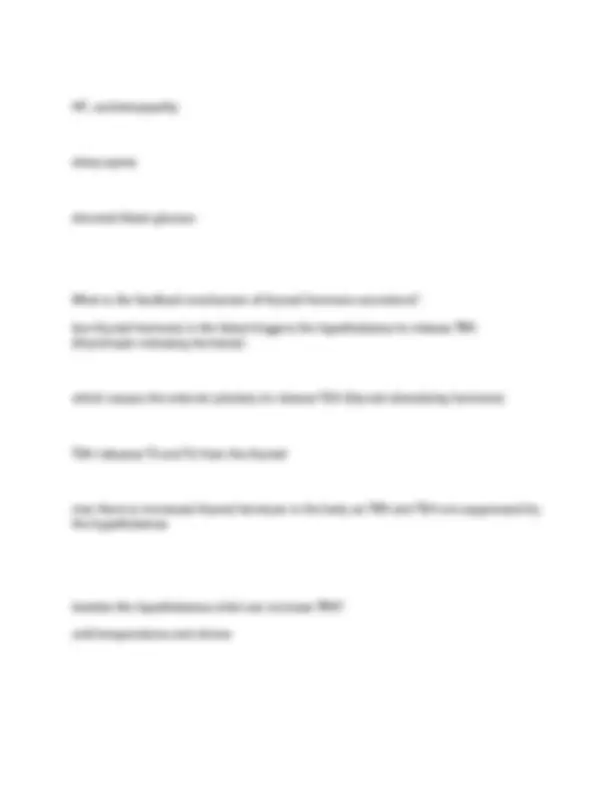

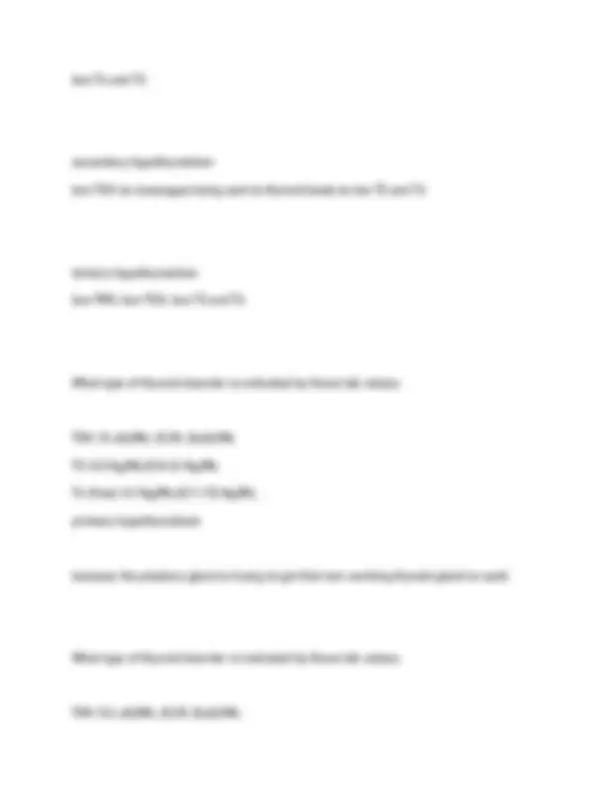

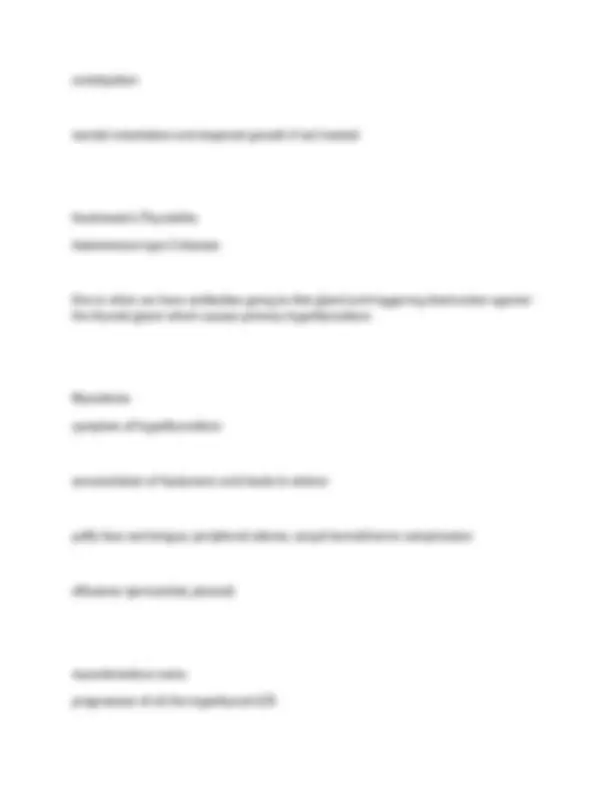

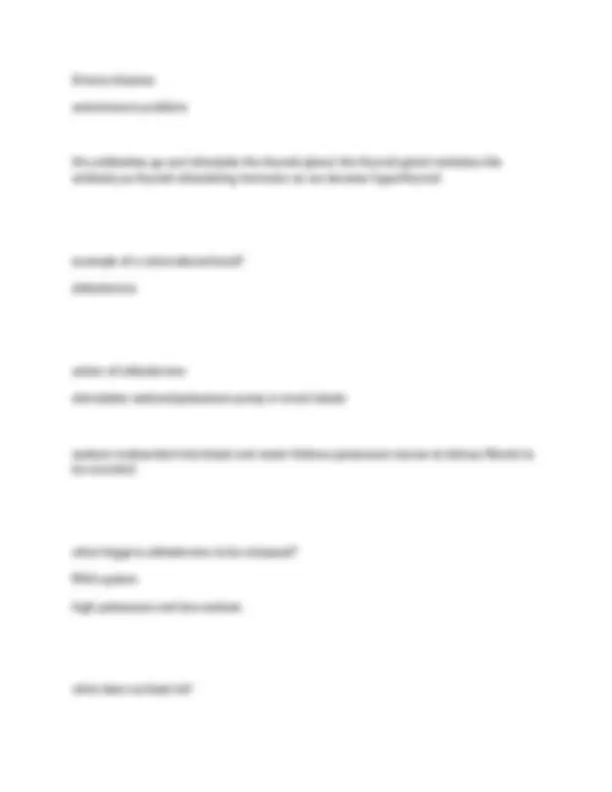
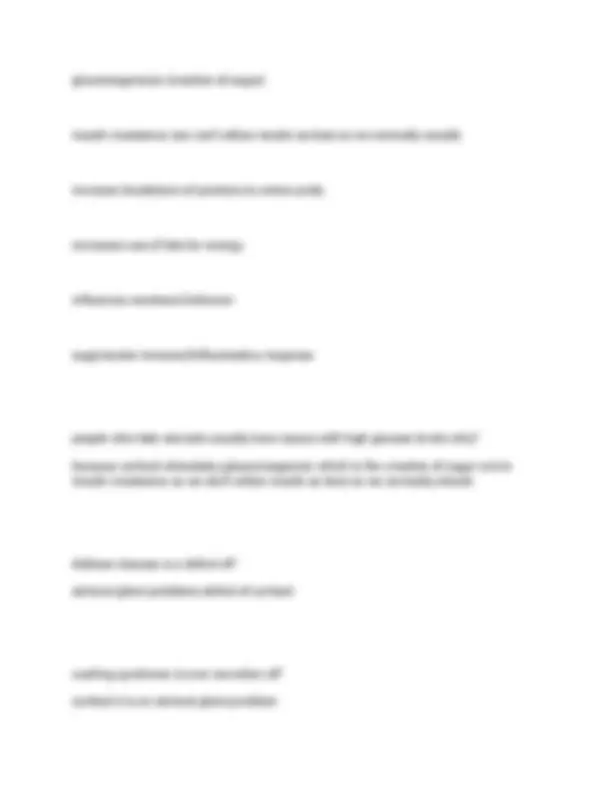
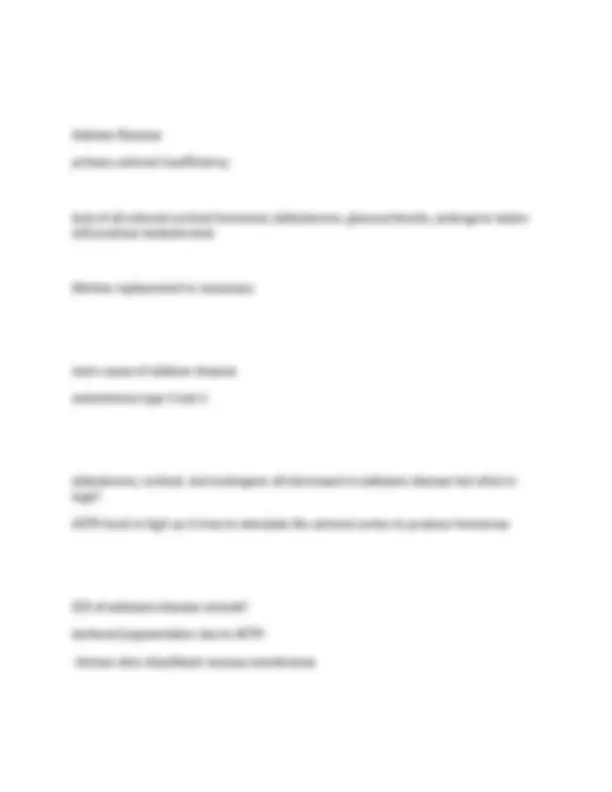



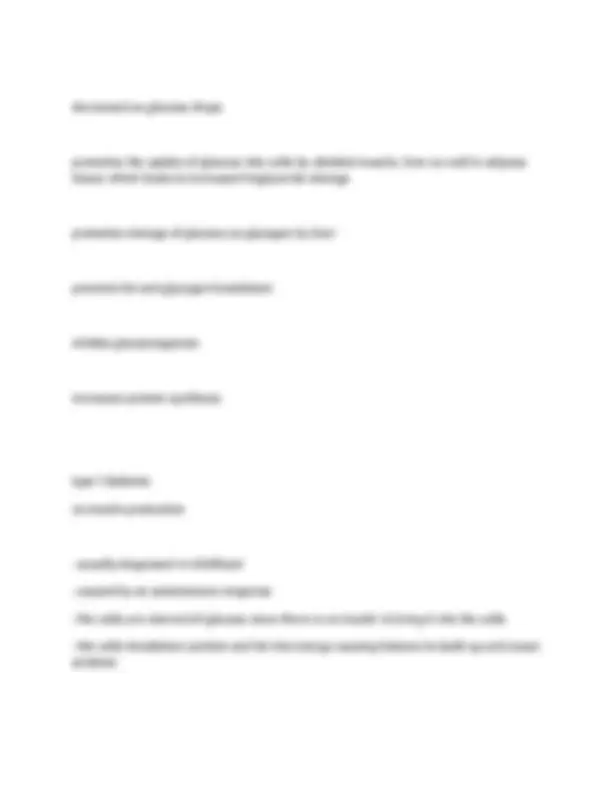



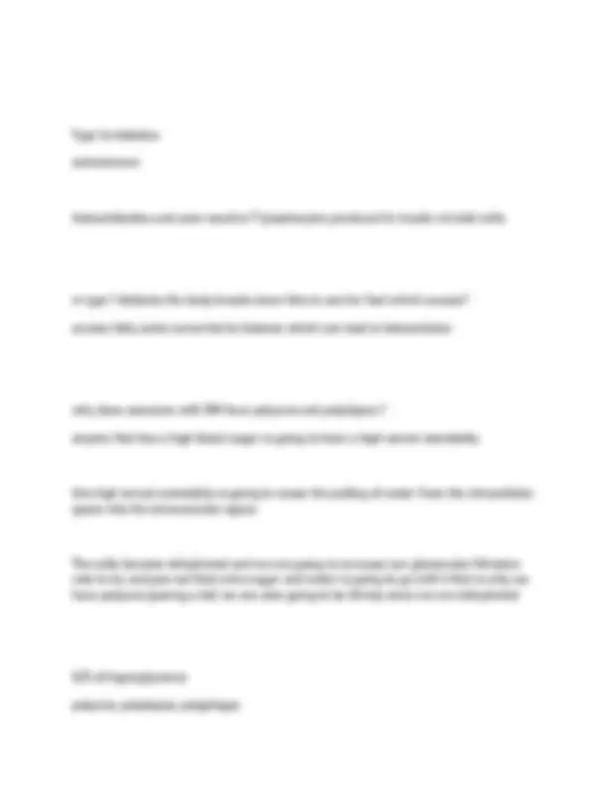




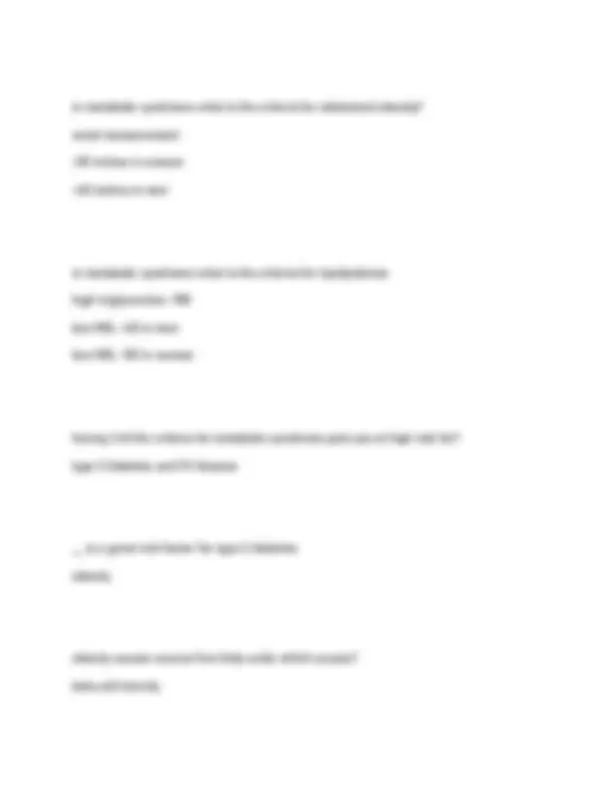




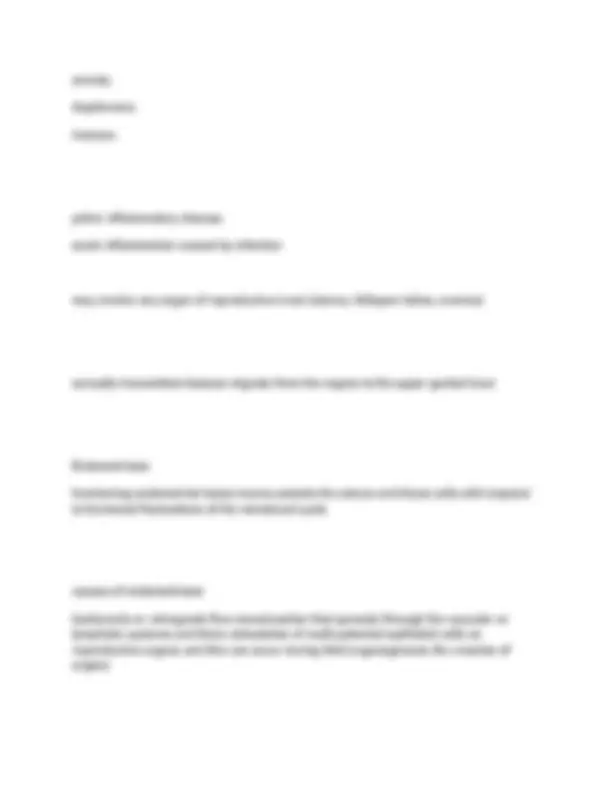

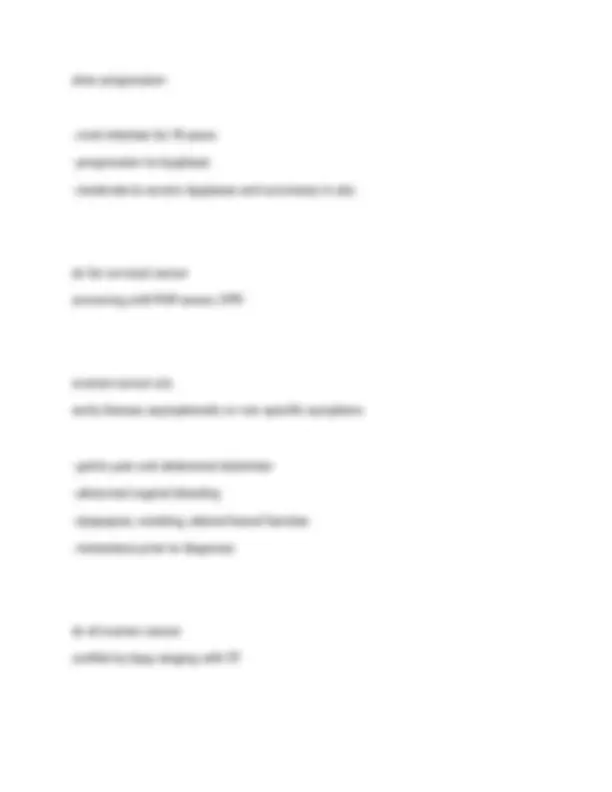

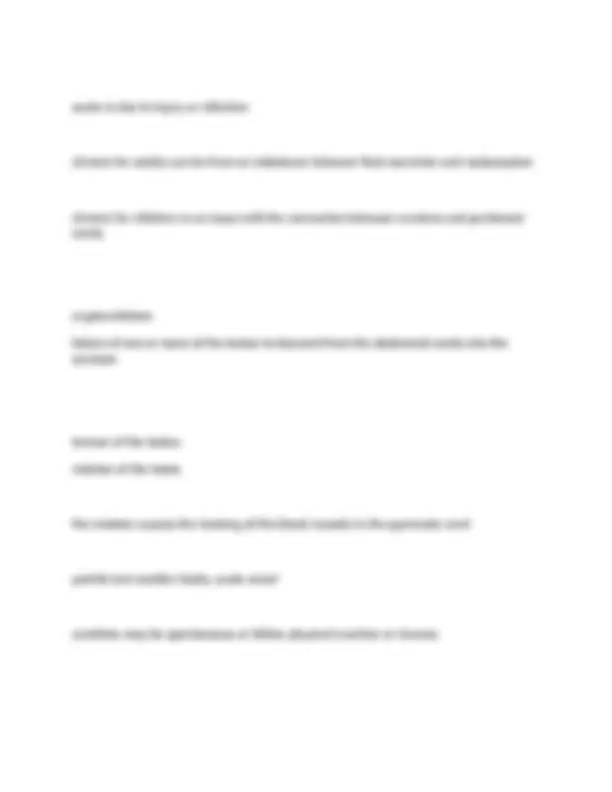


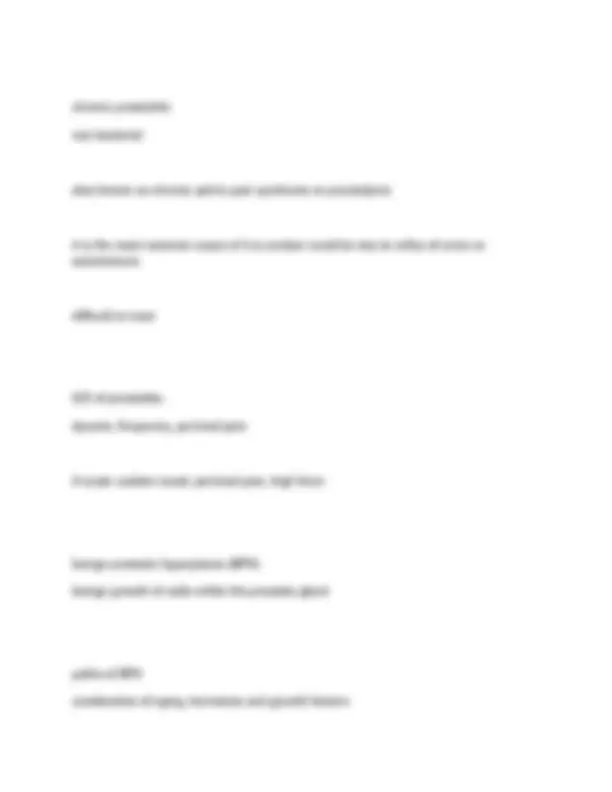
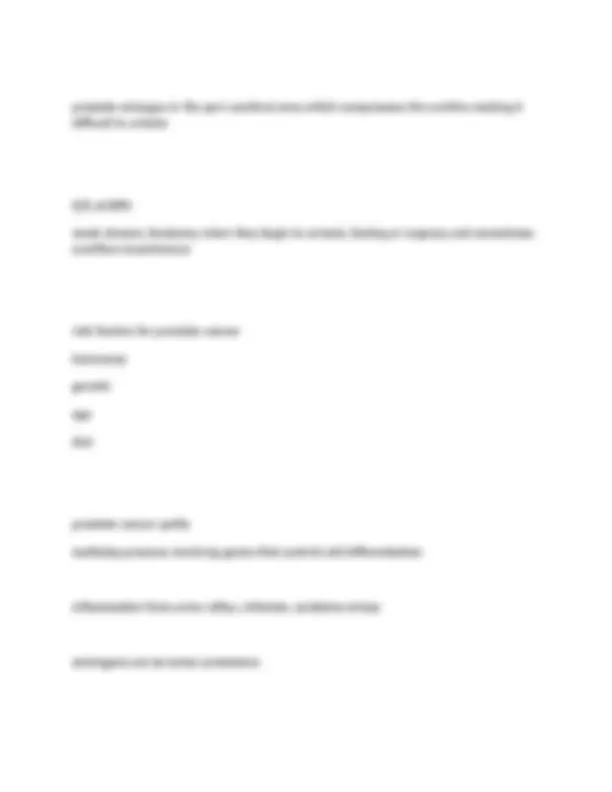




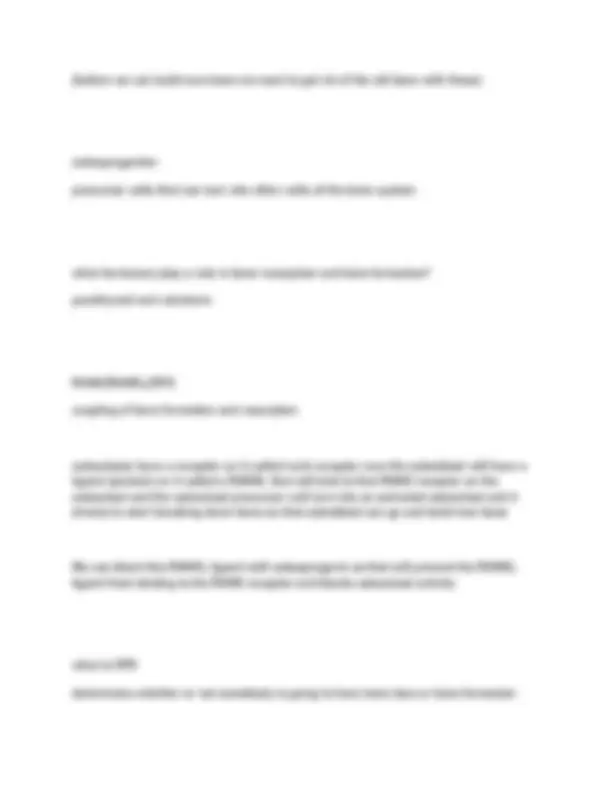

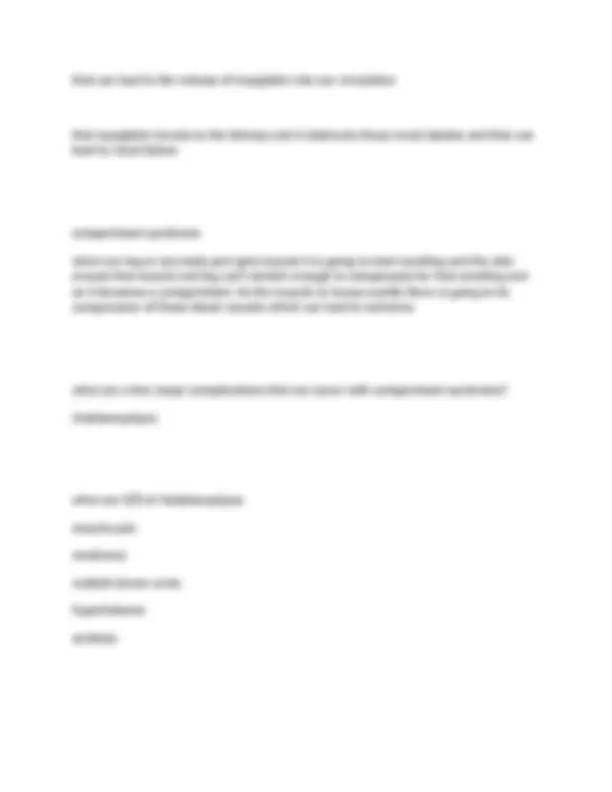





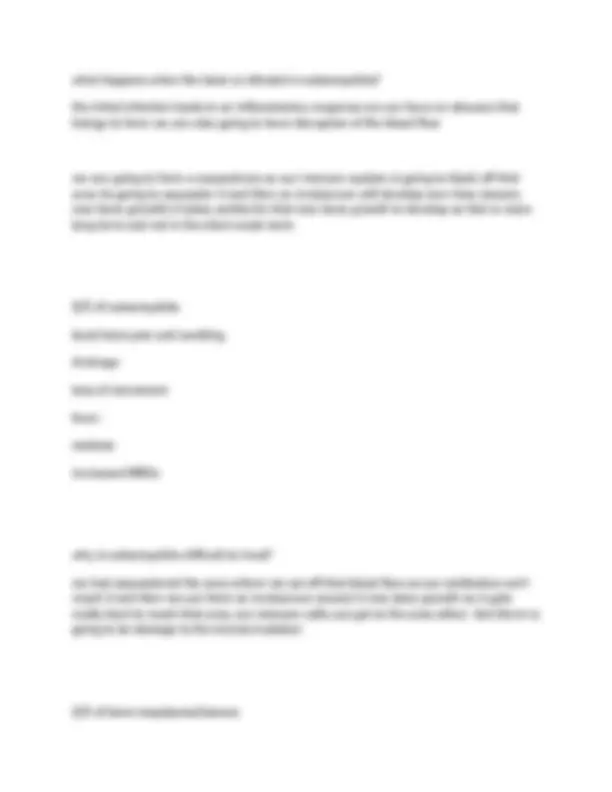

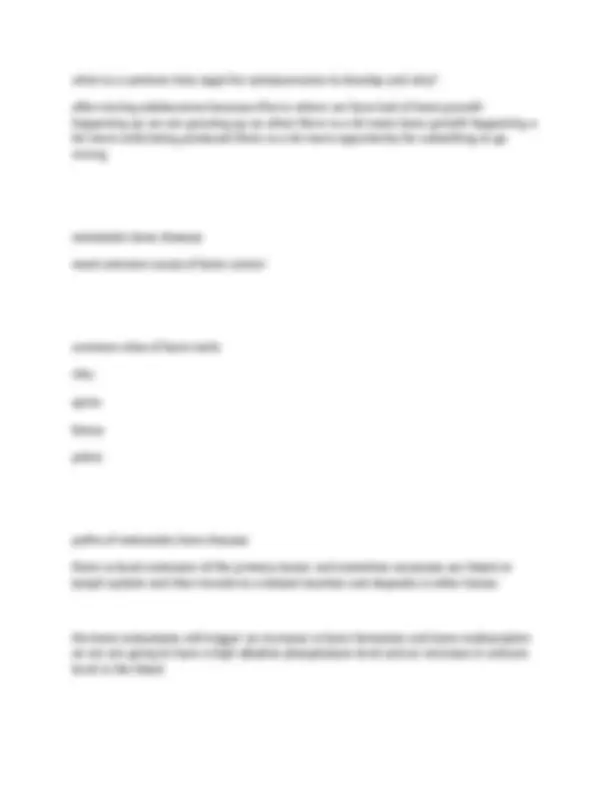


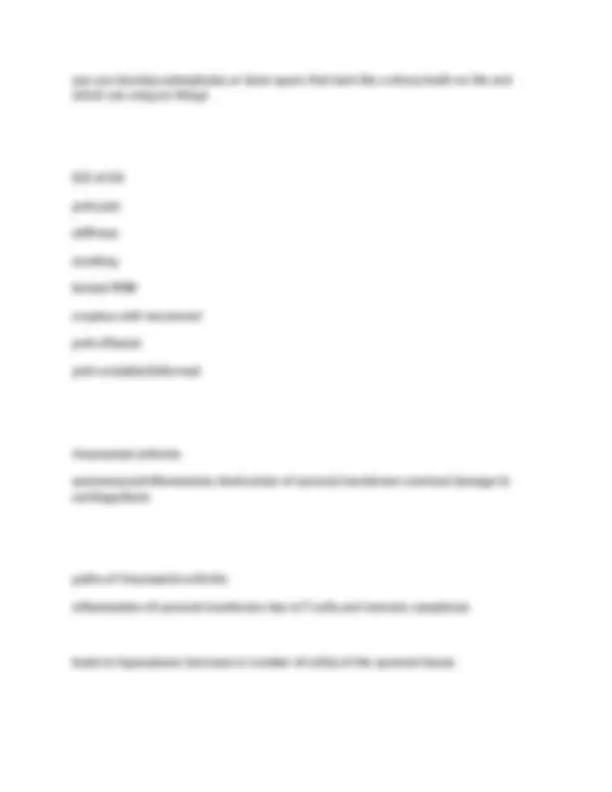

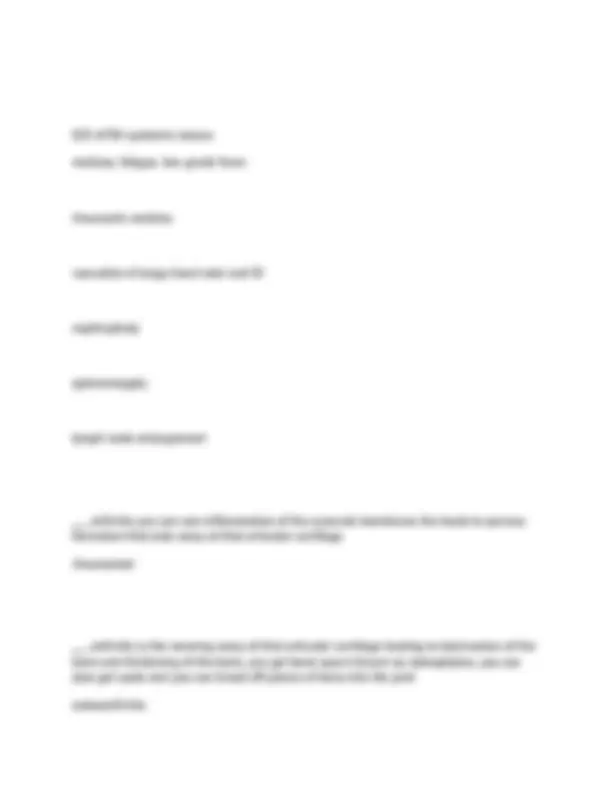
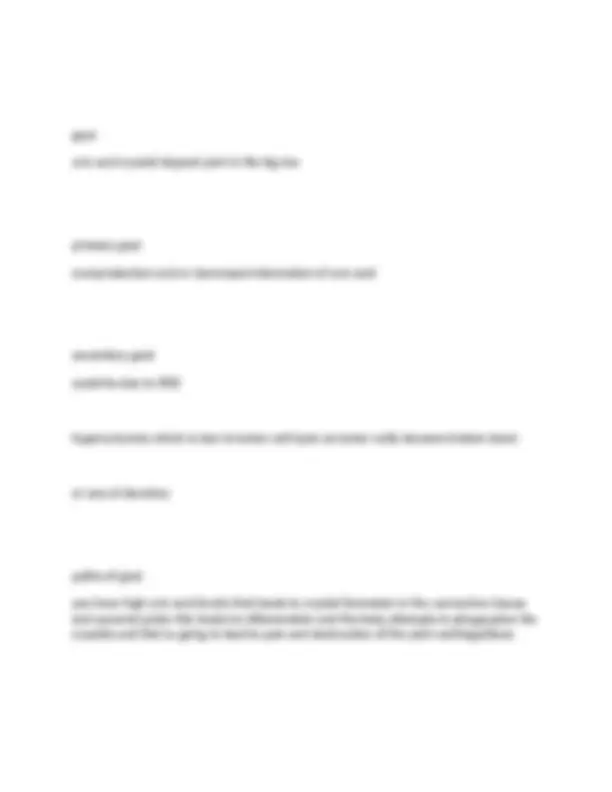
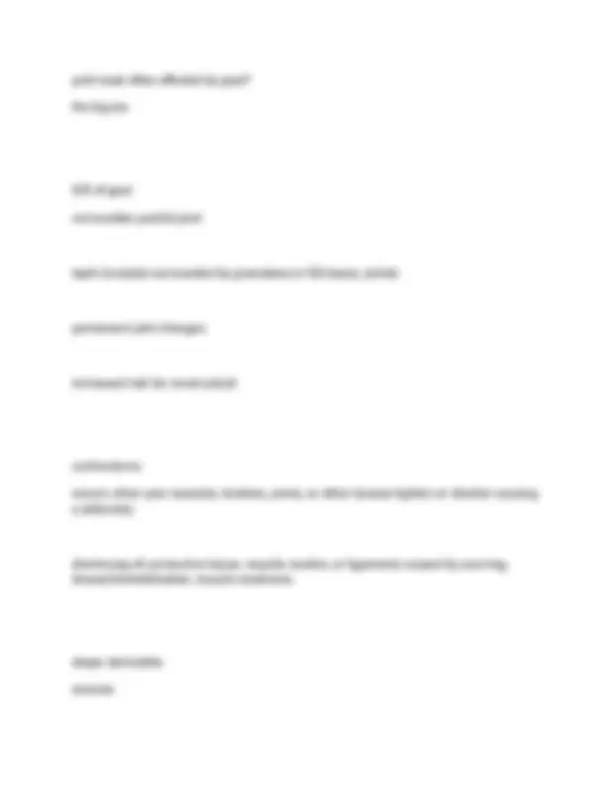

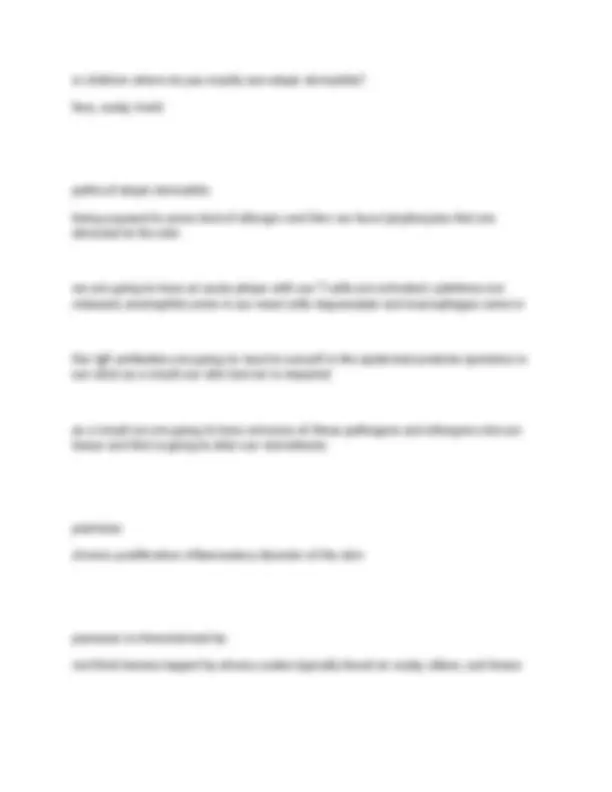
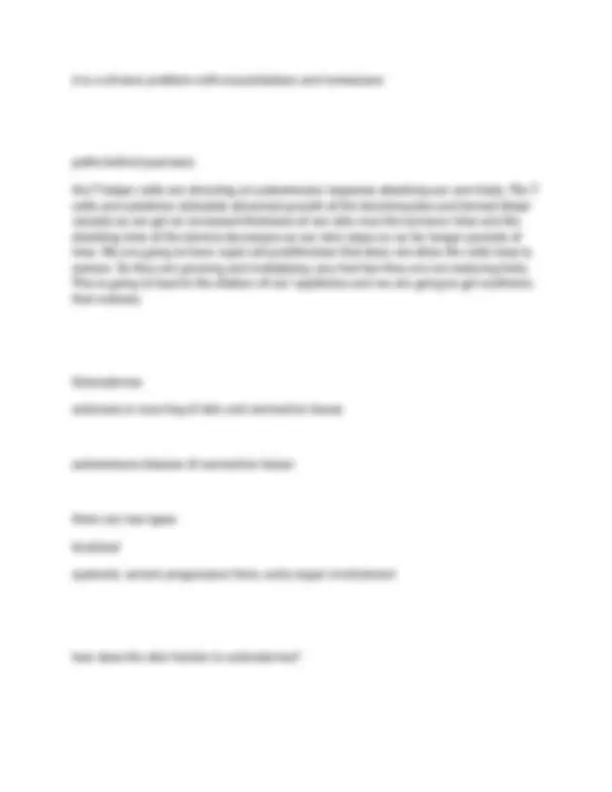
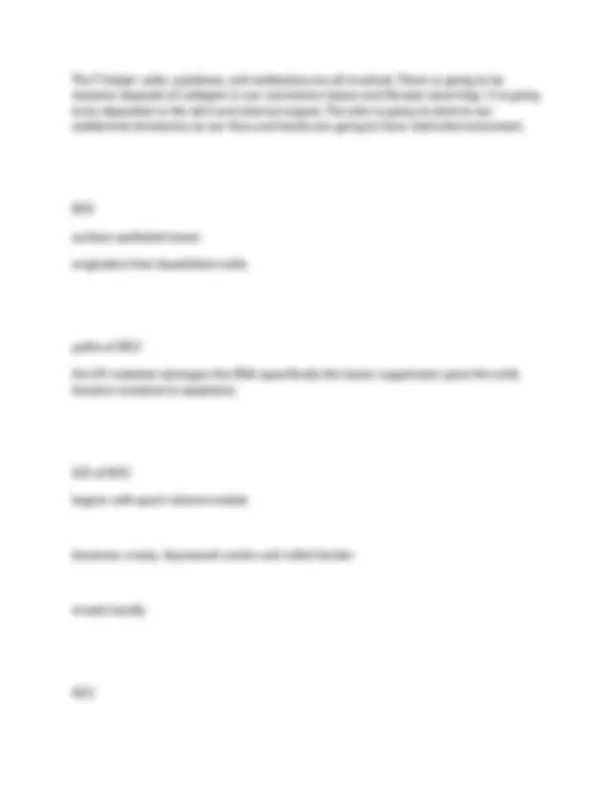



Study with the several resources on Docsity

Earn points by helping other students or get them with a premium plan


Prepare for your exams
Study with the several resources on Docsity

Earn points to download
Earn points by helping other students or get them with a premium plan
Community
Ask the community for help and clear up your study doubts
Discover the best universities in your country according to Docsity users
Free resources
Download our free guides on studying techniques, anxiety management strategies, and thesis advice from Docsity tutors
NURS 6030 Exam 4 2025/2026 Questions with Elaborated Answers (Original Exam) Already A Graded-Marquette University
Typology: Exams
1 / 87

This page cannot be seen from the preview
Don't miss anything!
















































































where is the vomiting center located? medulla chemoreceptor trigger zone the chemoreceptor trigger zone stimulate what? salivary center respiratory center abdominal muscles occult blood hidden blood melena Black tarry stool
hemataemesis vomiting up blood constipation infrequent or difficult passage stool GERD gastroesophageal reflux disease GERD is when? acid stomach contents reflux into esophagus risk factors for GERD obesity hiatal hernia (part of stomach sliding up into esophagus area) incompetent Lower esophageal spinchter
pain: upper abdominal/ epigastric pain Type 1 sliding hiatal hernia upper stomach slides into chest this is due to weakened muscles and abdominal pressure Type 2 paraesophageal hiatal hernia the gastro esophageal junction remains below the diaphragm but part of the stomach pops and slides out above the diaphragm Type 3 hiatal hernia when its mixed we have sliding hiatal hernia so the GE junction goes above the diaphragm and part of the stomach lining pops out as well type 4 hiatal hernia the entire stomach and other organs slide up past the gastro esophageal junction
what happens from hiatal hernia? altered blood flow there is also mucosal congestion they can also develop gastritis and ulcers; ischemia esophageal cancer what are the usual types? squamous cell or adenocarcinoma who is at an increased risk for esophageal cancer? reflux esophagitis barret esophagus obesity alchohol tobacco what are some early s/s of esophageal cancer? asymptomatic early dysphagia pain
destroys the mucosal barrier (they protect themselves from our stomach acid by secreting that buffer) once we have exposure of our gastric secretions to the lining because the mucus is gone our stomach will auto digest and eat itself and we develop those erosions and ulcerations what are stress ulcers? caused by physiologic stress we go into our fight or flight mode (SNS) were we are going to shunt blood away from our non vital organs to our vital organs like our heart, lung, brain this will lead to ischemia of our non vital organs such as our stomach if we do not have good blood flow to our GI tract we cannot produce mucous or bicarbonate production which protect our stomach lining from the acid so we will develop ulcers aka curling ulcer cushings ulcer stress related ulcer that can occur in the stomach but it is often due to neuro/vagal like head trauma or neurosurgery
this leads to an increase in vagal activity that leads to increased acid secretion with stress related ulcers when do erosions usually appear? within hours and within multiple sites in duodenum, stomach what are two types of inflammatory bowel disease? crohn disease and ulcerative colitis inflammatory bowel disease they both have? an altered immune system or inflammatory system for some reason these individuals loss self tolerance for normal microbiome for some reason their own immune system starts to react to the microbiome and activate the T cells and they release pro inflammatory cytokines and interleukins so we end up getting inflammation in our intestines crohn disease affects? large and small intestine but it is most common in the large intestine Crohn's disease patho
the inflammation will eventually lead to edema the development of erosions and ulcerations abscesses will develop in the crypts that we call pseudo polys we also have thickening of the bowel wall with repeated episodes of inflammation S/S of ulcerative colitis the symptoms begin between 20-40 years of age they have diarrhea which often has blood in the stool, cramping, anorexia the possible complications with ulcerative colitis are? anal fissures perirectal abscesses hemorrhoids obstruction these individuals are at an increased risk of colon caner irritable bowel syndrome
functional disorder no structural abnormality they don't have stricture, tumors, no twisting of intestines structurally ok IBS patho there is some kind of dysregulation of their intestinal motor and sensory function in the GI tract this causes them to abnormal intestinal mobility so it will either be an increased or decreased transmit time and it might fluctuate between the two they also have visceral hypersensitivity (hyperalgesia) so they feel a lot more pain treatment for IBS diet: adequate fiber; avoid alcohol, caffeine anticholinergics antidepressants probiotic causes of IBS
perforations peritonitis hemorrhage obstruction fistula formation peritonitis inflammation of peritoneal membrane large surface area rapid absorption of bacterial toxins S/S of peritonitis abdominal pain increases with movement rigidity
vomiting fever what are some early symptoms of colon cancer? often none existent until late stage rectal bleeding (anemia) change in bowel habits pain often it goes unnoticed if you have ulcerative colitis for over 10 years you are at and increased risk for? colon cancer The liver structure two main lobes
Describe the icteric phase of acute hepatitis lasts around 2-3 weeks this is where jaundice appears the liver is going to be tender and enlarged so you can feel under the right rib if you were to palpate it where normally you would not be able to feel it urine may be dark and they may have clay colored stools clinical manifestations of icteric phase of acute hepatitis jaundice urine may be dark colored clay colored stool how is hepatitis A transmitted? through the oral-fecal route (blood, sexual) incubation about 30 days like you are touching things that are contaminated and putting it in your mouth
How is hepatitis B transmitted? blood, body fluids, perinatal (mother to baby) How is hepatitis C transmitted? blood, body fluids, sexual, perinatal Cirrhosis irreversible inflammatory, fibrosis What ends up happening is you have a lot of inflammation over and over it leads to fibrosis so scar tissue is then replacing the normal liver tissue we start to form nodules in the hepatocytes that gets surrounded by scar tissue and if the nodules and scar tissue are there instead of liver cells were going to disrupt the normal function of the liver it can also disrupt the blood flow and biliary flow through the liver. What is portal hypertension? high blood pressure of the portal vein if we have those nodules that form with liver disease/ cirrhosis we are going to have obstruction of this flow so this leads to a backup in the portal vein and an increased pressure
chronic hepatitis
6 months of inflammation primary cause is hep C can leads to cirrhosis, liver failure, liver cancer Non alcoholic fatty liver disease what ends up happening in these individuals is they get a fatty infiltration in the liver that is not associated with alcohol alcoholic liver disease First stage: is fatty changes due to the altered fat metabolism this leads to accumulation of fat in the liver, the liver will become yellow and enlarged and it is still reversible at this point if the person stops drinking Second stage: alcoholic hepatitis this is where there is inflammation and then cell death (necrosis) Third stage: alcoholic cirrhosis this is where those cells change to nodules and scar tissue; you can also develop blockage of bile and blood going through the liver and this is going to cause problems with backing up into the bile system or in the venous blood system eventually we are going to have loss of hepatocyte regeneration.
with portal hypertension the veins go down to your rectum and can cause? hemorrhoids with portal HTN the veins go to your spleen and can cause? splenomegaly which causes sequestration of platelets so the platelets are going to get taken up and destroyed here with portal HTN the veins also go up in your esophagus where you can develop? esophageal varices and these can rupture and start bleeding which can be dangerous varices connect portal and systemic veins what is the reason patients develop ascites with chronic liver disease? The reason pts have a distended abdomen is due to fluid accumulation in peritoneal cavity which is called ascites.